Having installed both PEX and copper systems for over two decades, I’ve witnessed firsthand how the plumbing industry has transformed with PEX’s introduction. The choice between these materials involves much more than initial cost—it requires understanding how each performs in real-world conditions and meets specific project requirements.
PEX piping offers significantly faster installation, better freeze resistance, and lower material costs, while copper provides superior high-temperature performance, proven longevity, and natural antimicrobial properties. The optimal choice depends on specific project requirements, with PEX generally winning for whole-house repipes and new construction, while copper remains preferred for high-temperature applications and exposed plumbing where rigidity is advantageous.
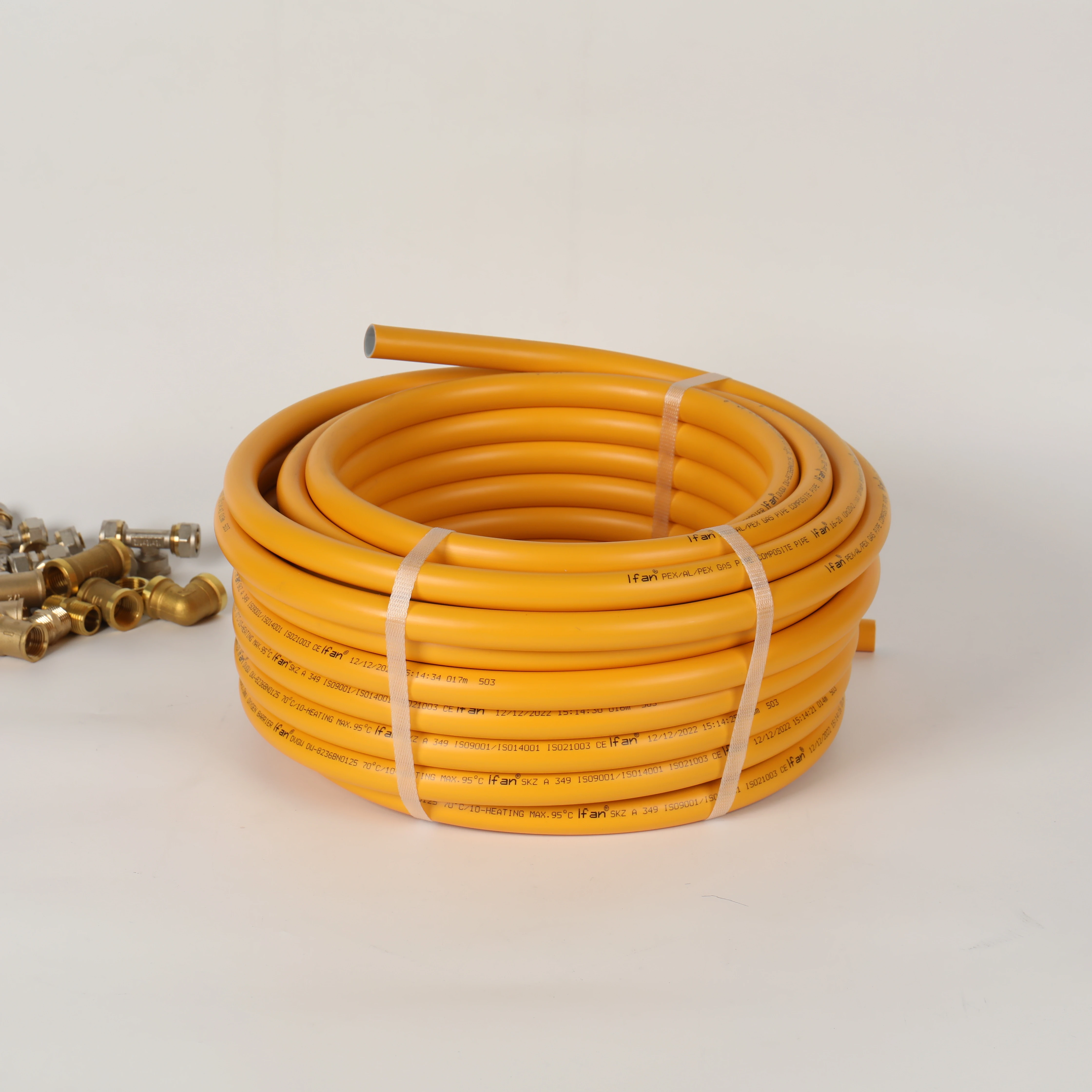
Understanding the nuanced differences helps professionals and homeowners make informed decisions that balance performance, cost, and longevity.
What makes PEX installation faster and easier than copper piping systems?
PEX’s installation advantages stem from its flexible nature and innovative connection methods that eliminate many labor-intensive processes required for copper systems.
PEX installation is 30-60% faster than copper because it requires no soldering, uses flexible long coils that reduce fittings, and employs simple connection methods that need less specialized skills. The material’s light weight and flexibility allow installers to snake pipes through walls and around obstacles with minimal cutting and joining, dramatically reducing labor time and complexity.
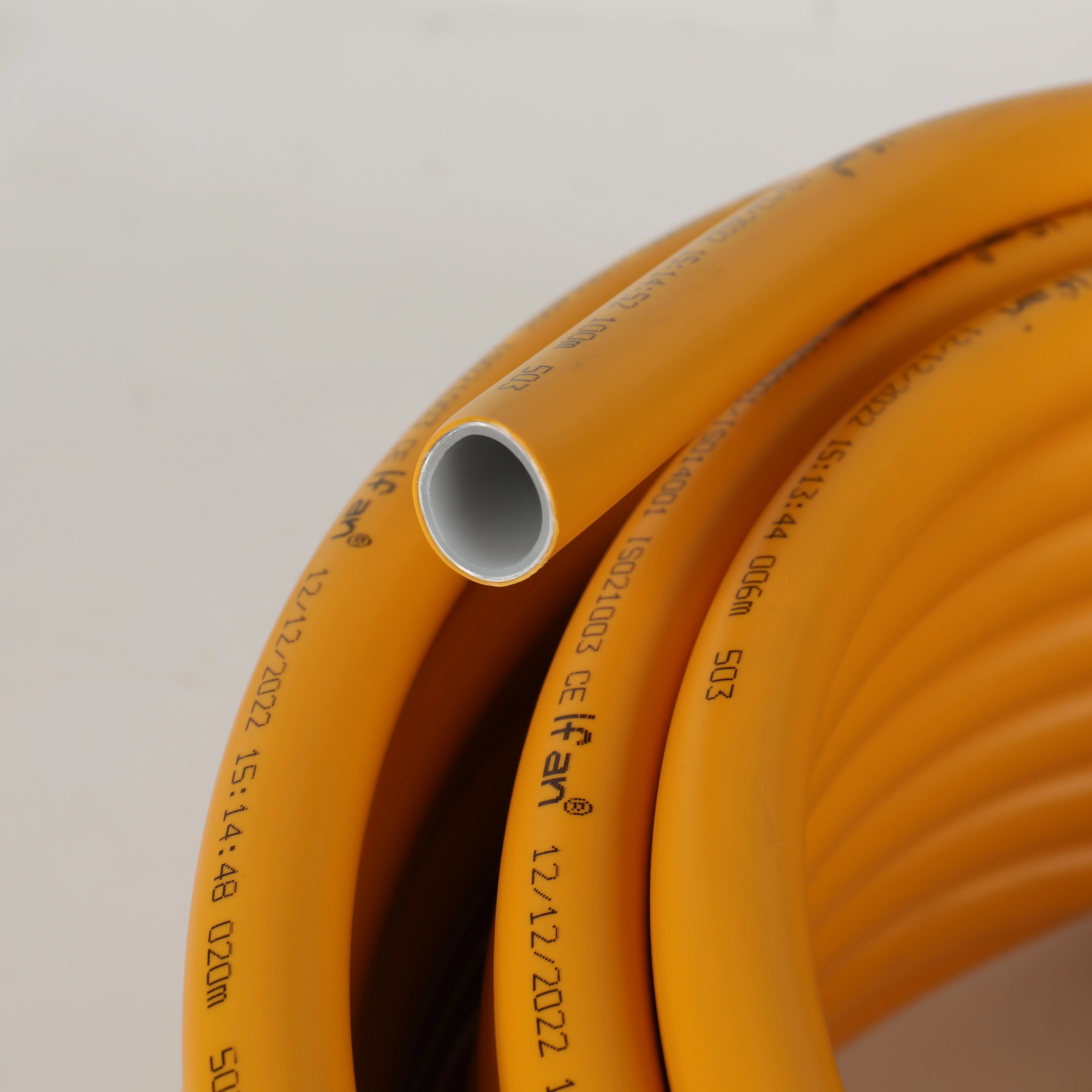
The installation efficiency difference becomes apparent from the moment work begins. PEX fundamentally changes the plumbing process compared to traditional copper methods.
Connection Method Revolution
Copper installation requires soldering—a skilled trade that involves cleaning, flux application, heating, and soldering each joint. This process demands significant setup time, fire safety precautions, and cool-down periods before pressure testing. Each connection takes several minutes and must be performed sequentially.
PEX connections utilize crimp, clamp, or expansion methods that take seconds rather than minutes. Expansion systems, in particular, allow near-instantaneous connections that can be pressure-tested immediately. These methods require minimal training compared to soldering expertise, reducing the skill threshold for quality installations.
Flexibility and Continuous Runs
Copper’s rigidity necessitates precise measurements and multiple fittings for direction changes. A typical copper installation might require dozens of elbows, tees, and couplings for a single bathroom group. Each fitting represents two soldered joints and potential leak points.
PEX’s flexibility allows long continuous runs that navigate around obstacles without fittings. I’ve installed entire floor systems with PEX using only two connections per run—at the manifold and fixture. This approach reduces potential leak points by 60-80% compared to equivalent copper systems while saving significant installation time.
Table: Installation Process Comparison
| Installation Factor | Copper Requirements | PEX Advantages | Time Impact |
|---|---|---|---|
| Método de conexión | Soldering each joint | Crimp/expansion methods | 70% time reduction |
| Direction Changes | Elbow fittings required | Bend without fittings | 60% fewer connections |
| Skill Level | Skilled soldering needed | Basic tool operation | Shorter training curve |
| Setup/Cleanup | Flux, solder, torch setup | Tool and fittings only | Minimal preparation |
Material Handling and Accessibility
Copper’s rigidity requires careful handling to avoid kinks and requires access for straight sections to be installed. Working in tight spaces often necessitates pre-fabrication outside the work area. Copper’s weight also makes overhead work more physically demanding.
PEX’s light weight and flexibility allow installation in confined spaces with minimal access. The material can be fished through existing walls with small access holes, making it ideal for renovations. A 100-foot coil of ½” PEX weighs approximately 5 pounds, while equivalent copper would weigh over 20 pounds, reducing physical strain and handling time.
How does copper’s durability compare to PEX in extreme temperature conditions?
Copper maintains advantages in high-temperature applications while PEX offers superior performance in freezing conditions, making each material better suited for specific environmental challenges.
Copper withstands higher temperatures (up to 400°F+) without material degradation, making it preferable for applications near heating equipment and in commercial settings. PEX handles freeze-thaw cycles better due to its expansion capability, reducing burst pipes in cold climates, but has lower maximum temperature ratings (typically 180°F continuous) than copper.
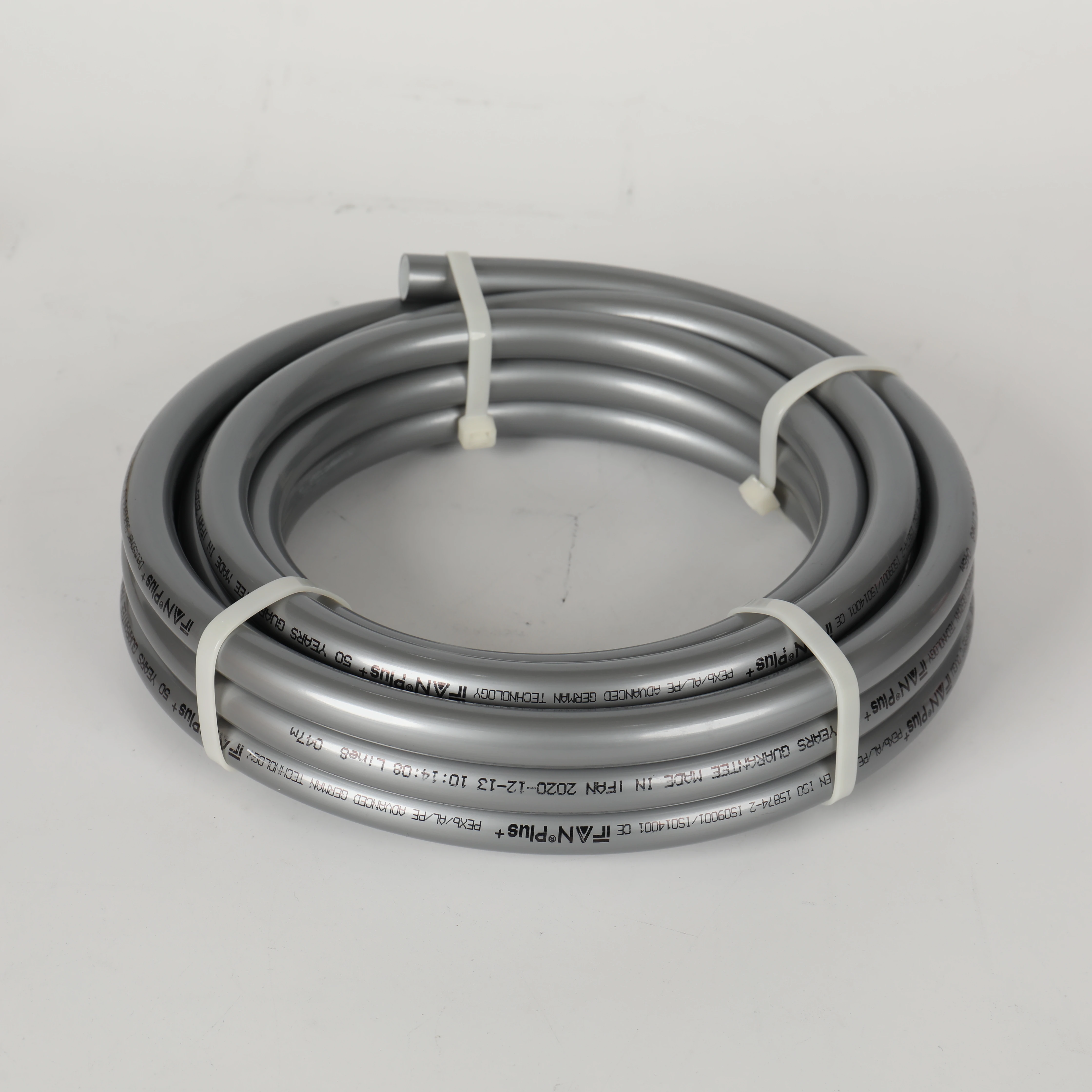
Extreme temperature performance reveals fundamental differences in how these materials behave under stress, influencing their suitability for different applications and climates.
High-Temperature Performance
Copper’s melting point around 1,981°F makes it unaffected by residential water temperatures, even during water heater malfunctions. This thermal stability allows copper to be used in high-temperature applications like solar thermal systems, commercial kitchens, and near boilers where plastics might degrade.
PEX temperature capabilities vary by type but generally max out at 180°F for continuous exposure and 200°F intermittently. While sufficient for domestic hot water, these limits require careful system design near water heaters and in recirculating systems where temperatures can approach limits. Prolonged high-temperature exposure can reduce PEX lifespan through accelerated oxidative degradation.
Freeze Damage Resistance
PEX’s flexibility provides remarkable freeze damage resistance—the material can expand to accommodate ice formation then return to shape as it thaws. This characteristic has made PEX popular in cold climates where frozen pipes are a recurring concern. While not freeze-proof, PEX is freeze-forgiving, often surviving multiple freeze events that would burst copper pipes.
Copper has no such flexibility—when water freezes inside copper pipes, the expansion almost invariably causes splitting or bursting. The rigid nature of copper transmits the expansion force directly to the pipe walls, resulting in linear splits that require section replacement.
Table: Temperature Performance Comparison
| Temperature Condition | Copper Performance | PEX Performance | Practical Implications |
|---|---|---|---|
| High Heat Exposure | Excellent – no degradation | Limited – 180°F maximum | Copper near water heaters |
| Freeze Conditions | Poor – likely to burst | Good – often survives | PEX in unheated spaces |
| Thermal Cycling | Good – but may fatigue | Excellent – flexible | PEX for seasonal homes |
| Fire Exposure | Won’t burn, may melt | Melts and burns | Copper for fire separation |
UV and Environmental Resistance
Copper offers complete resistance to UV degradation, making it suitable for exposed outdoor applications. The material develops a protective patina over time but maintains its structural integrity. Copper also resists damage from rodents and insects that sometimes chew through plastic pipes.
PEX requires protection from UV exposure, which causes oxidative degradation and embrittlement. Most manufacturers recommend limiting direct sunlight exposure to 30-60 days maximum before providing protection through painting, wrapping, or enclosure. This makes PEX less suitable for exposed outdoor applications without proper shielding.
Which material performs better for drinking water safety and flow efficiency?
Both materials provide safe drinking water delivery but differ in their interaction with water quality and long-term flow characteristics.
Copper offers natural antimicrobial properties that inhibit bacterial growth but can potentially leach metals in aggressive water conditions. PEX provides inert surfaces that don’t react with water chemicals but may initially affect water taste and require proper flushing. Both materials maintain excellent flow when properly sized, though PEX’s smoothness persists while copper may develop scale over time.
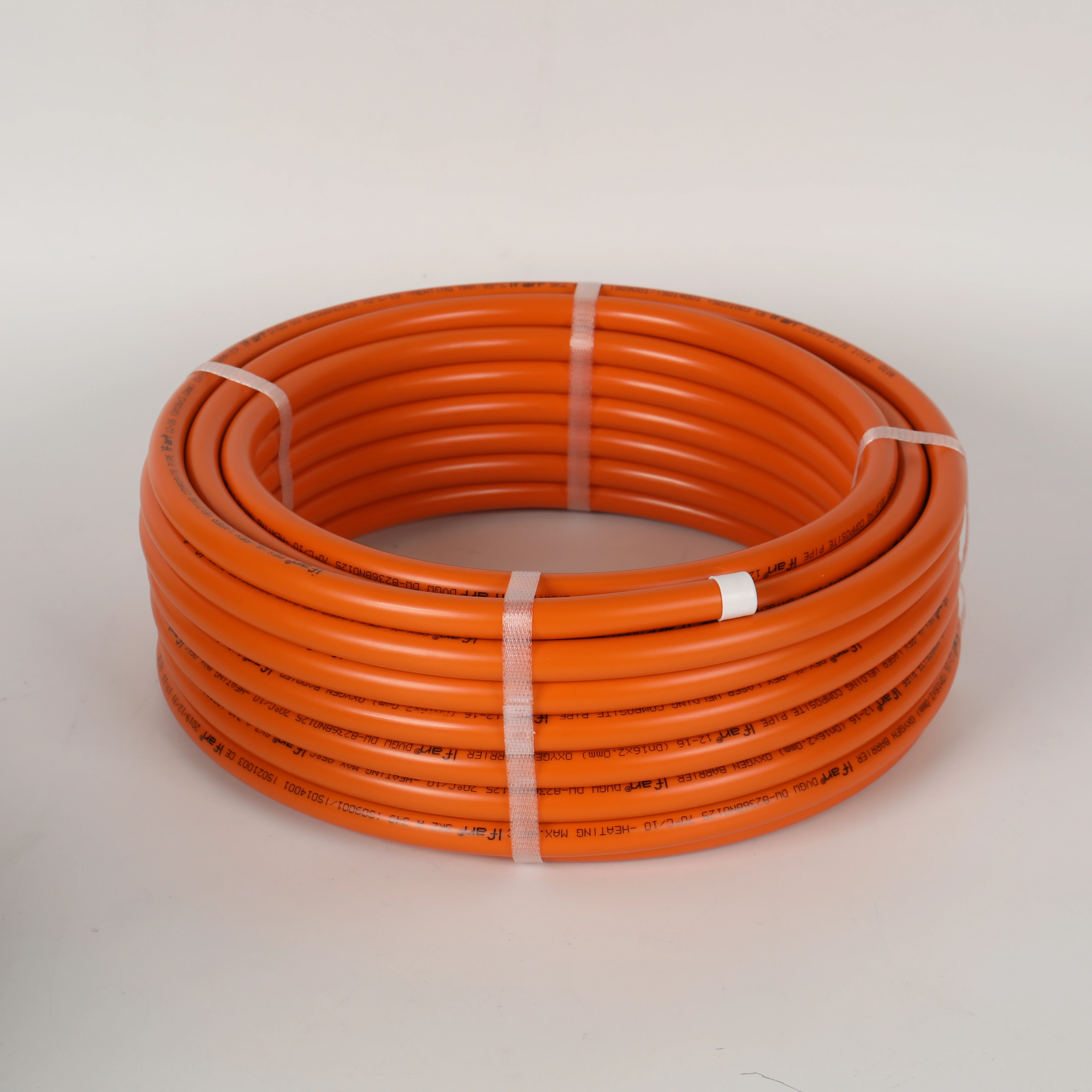
Drinking water safety involves complex interactions between piping materials and water chemistry, with each material presenting different advantages and considerations.
Water Quality and Health Considerations
Copper’s antimicrobial properties have been recognized for centuries, with studies showing reduced bacterial colonization compared to plastic pipes. However, copper can leach into water, particularly in aggressive (low pH) water conditions. The EPA’s Lead and Copper Rule establishes an action level of 1.3 mg/L for copper in drinking water, which most systems easily meet under normal conditions.
PEX is chemically inert and doesn’t introduce metals into water. Early PEX formulations sometimes caused temporary water taste and odor issues, but modern manufacturing has largely resolved these concerns. All PEX products for drinking water must meet NSF/ANSI 61 standards, which evaluate potential chemical leaching and material safety.
Flow Efficiency and Pressure Maintenance
New copper pipes have excellent flow characteristics with a Hazen-Williams C factor of 130-140. However, copper is susceptible to scaling in hard water conditions, which gradually reduces interior diameter and increases friction loss. This scaling can reduce flow capacity by 20-40% over decades of service.
PEX maintains consistently smooth interiors with C factors of 150-160, providing slightly better flow than new copper. More importantly, PEX doesn’t scale, maintaining its flow characteristics indefinitely. The flexibility to use longer continuous runs also reduces turbulence from fittings, further improving system efficiency.
Table: Water Quality and Flow Characteristics
| Performance Factor | Copper Attributes | PEX Attributes | Significance |
|---|---|---|---|
| Bacterial Growth | Antimicrobial properties | Neutral – no inhibition | Copper may reduce biofilms |
| Metal Leaching | Possible in aggressive water | None | PEX better for low-pH water |
| Taste/Odor | Minimal effect | Possible initially | Improves with PEX flushing |
| Long-term Flow | Reduces with scaling | Maintains smoothness | PEX maintains efficiency |
System Design Implications
Water chemistry significantly influences material performance. In areas with aggressive (soft, low-pH) water, copper corrosion may be a concern, making PEX the better choice. In hard water areas, copper scaling may require periodic pipe replacement or descaling, while PEX remains unaffected.
The choice of fittings also impacts water quality. Copper systems use soldered joints that may introduce lead-containing solder (though lead-free is now required). PEX systems use brass or plastic fittings, each with different potential interactions with water quality. Proper system flushing after installation is crucial for both materials to remove manufacturing residues and installation debris.
What are the long-term cost differences between PEX and copper installations?
Long-term cost analysis reveals that while PEX typically has lower initial costs, copper’s longevity and recyclability provide different economic advantages in specific applications.
PEX installations typically cost 25-40% less initially due to lower material costs and faster installation, while copper may offer better longevity in certain applications and higher scrap value. The total cost of ownership depends on water chemistry, system design, and local labor rates, with PEX generally providing better value for most residential applications.
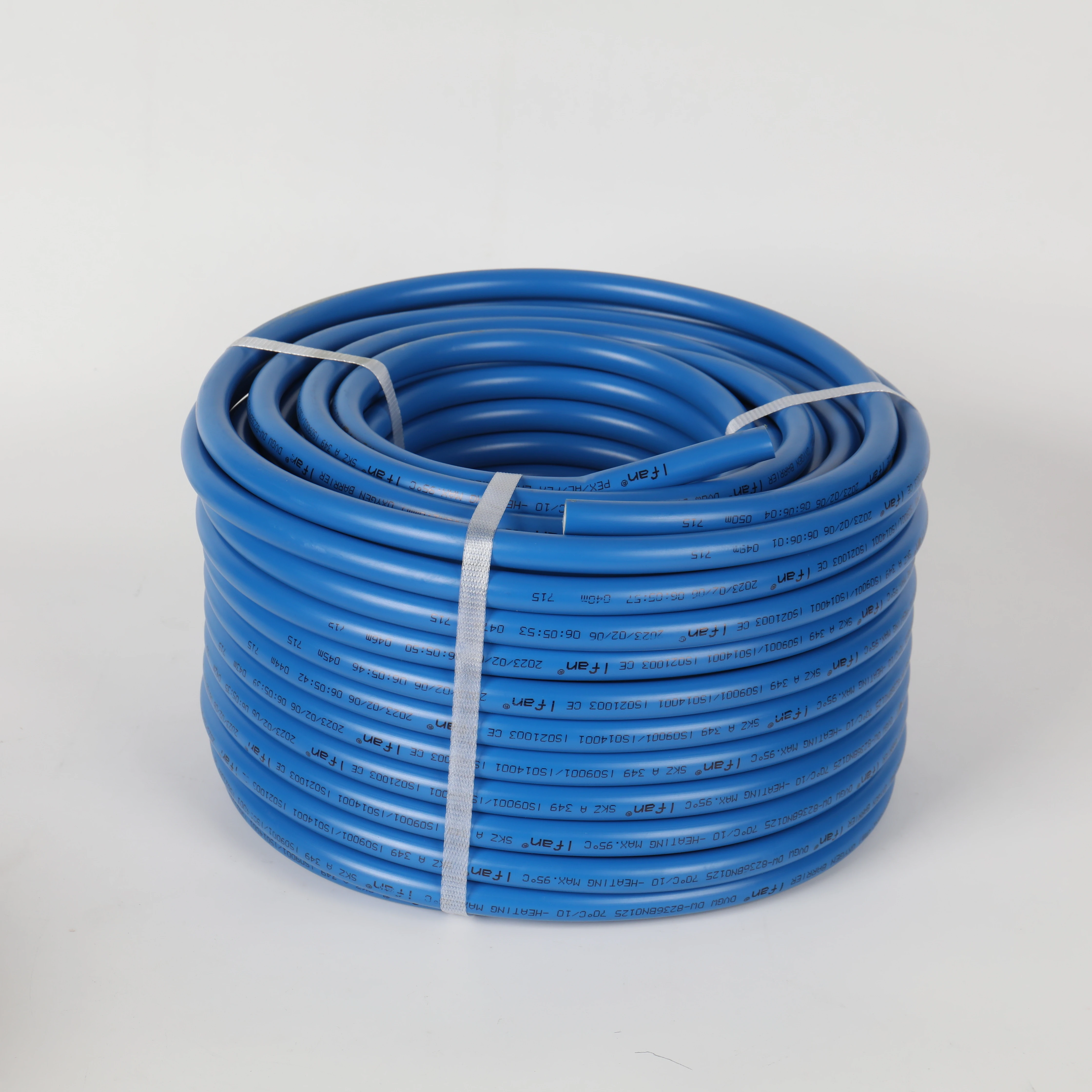
True cost analysis extends beyond initial installation to include maintenance, repairs, energy efficiency, and eventual replacement costs.
Initial Installation Costs
PEX’s material cost advantage has widened as copper prices have increased dramatically. A typical PEX system costs 40-60% less for materials than an equivalent copper system. The labor savings are even more significant—PEX installs 30-60% faster, reducing labor costs substantially.
Copper’s higher material costs and more labor-intensive installation typically result in total installed costs 25-40% higher than PEX systems. This differential has made PEX the default choice for production homebuilding and budget-conscious renovations where initial cost drives decision-making.
Longevity and Maintenance Costs
Copper has a proven track record of 50+ years of service in residential applications, with many systems lasting a century. While copper can develop pinhole leaks in aggressive water conditions, proper water treatment can mitigate these issues. Copper’s rigidity also makes it less susceptible to physical damage from nails or screws during future renovations.
PEX has accumulated over 30 years of successful performance in North America, with European experience extending beyond 50 years. The material doesn’t corrode or scale, maintaining performance over time. However, PEX requires protection from UV exposure and may be more vulnerable to rodent damage or physical impact in exposed locations.
Table: Long-Term Cost Analysis (20-Year Horizon)
| Cost Category | Copper System | PEX System | Financial Impact |
|---|---|---|---|
| Initial Installation | $5,000-$8,000 | $3,000-$5,000 | 35-40% PEX advantage |
| Maintenance/Repairs | $500-$1,500 | $200-$600 | 50-70% PEX advantage |
| Eficiencia energética | Baseline | 3-5% improvement | Moderate PEX advantage |
| Replacement Value | High scrap value | Minimal salvage | Copper advantage |
Lifecycle and Environmental Costs
Copper offers significant scrap value at end-of-life, potentially recovering 30-50% of initial material costs. The material is infinitely recyclable without quality loss, making it environmentally attractive. However, copper mining and production have substantial environmental impacts.
PEX has minimal scrap value and presents recycling challenges, though manufacturers are developing recycling programs. The production environmental impact is lower than copper’s, but end-of-life disposal remains a concern. PEX’s resistance to corrosion and scaling reduces chemical treatments and pipe replacements, providing environmental benefits during use.
Hidden Cost Considerations
Several less obvious factors influence long-term costs:
- Freeze damage repairs: PEX’s freeze resistance can prevent thousands in damage in cold climates
- Water damage from leaks: PEX’s fewer connections reduce leak potential
- System modifications: PEX is easier and cheaper to modify as needs change
- Insurance costs: Some insurers offer discounts for PEX systems due to reduced leak risk
- Water heating costs: PEX’s insulation value slightly reduces heat loss
These factors vary by region and application but can significantly impact the total cost of ownership beyond simple installation comparisons.
Conclusión
The choice between PEX and copper involves balancing installation efficiency, performance characteristics, and long-term value. PEX clearly wins for installation speed, freeze resistance, and initial cost, making it ideal for whole-house repipes, new construction, and cold-climate applications. Copper maintains advantages in high-temperature environments, exposed installations, and situations where its proven longevity and antimicrobial properties are valued.
For most residential projects, PEX offers the best balance of cost, speed, and reliability. To explore PEX product options, check major PEX manufacturers’ guidelines.













Comentarios recientes